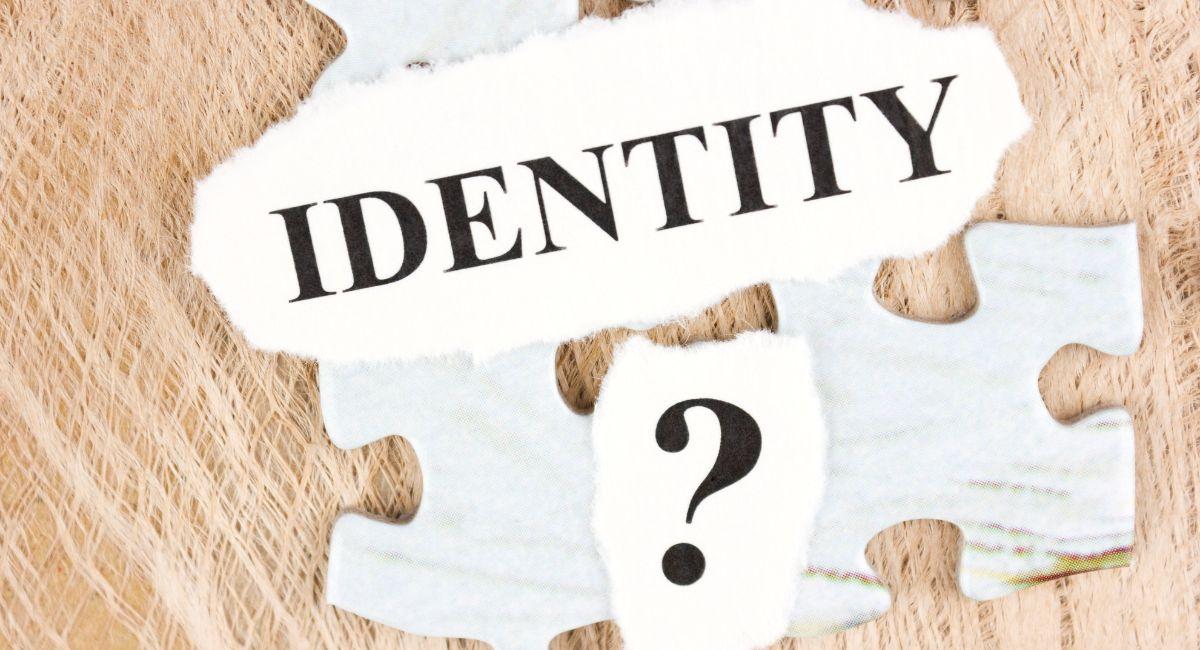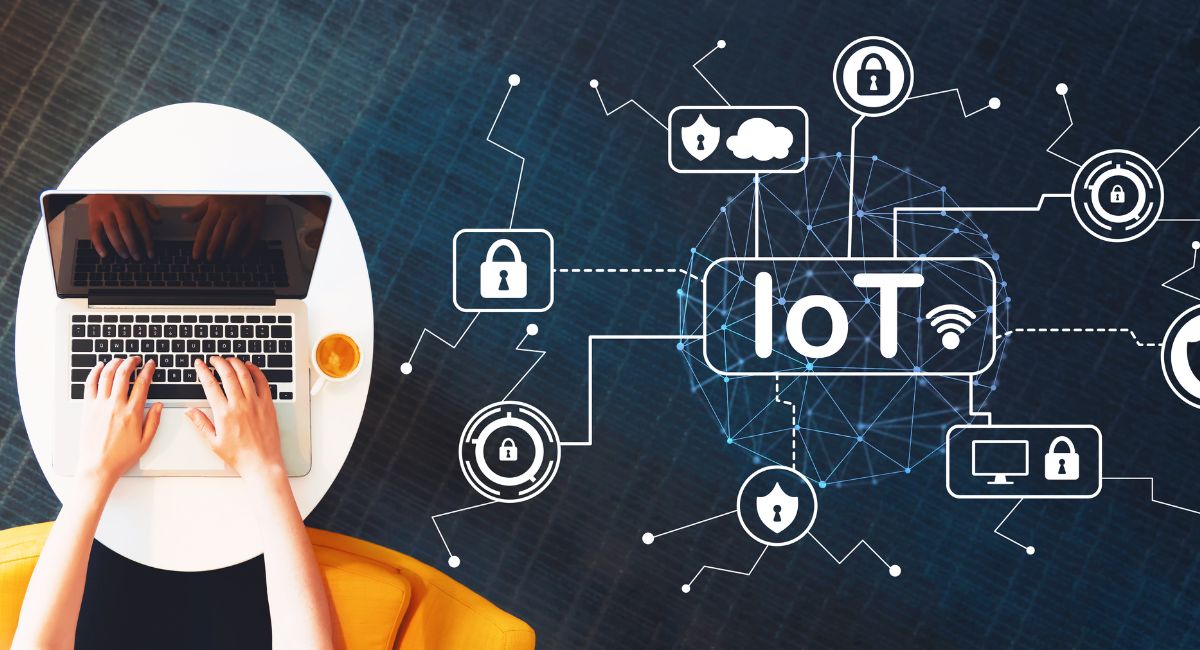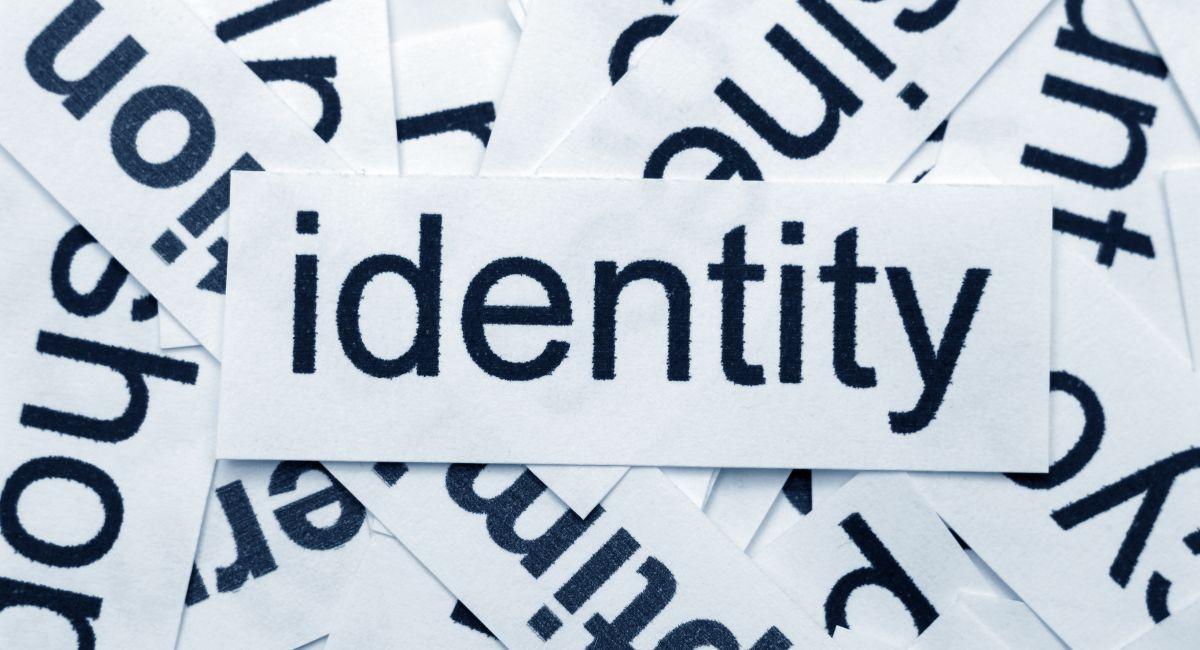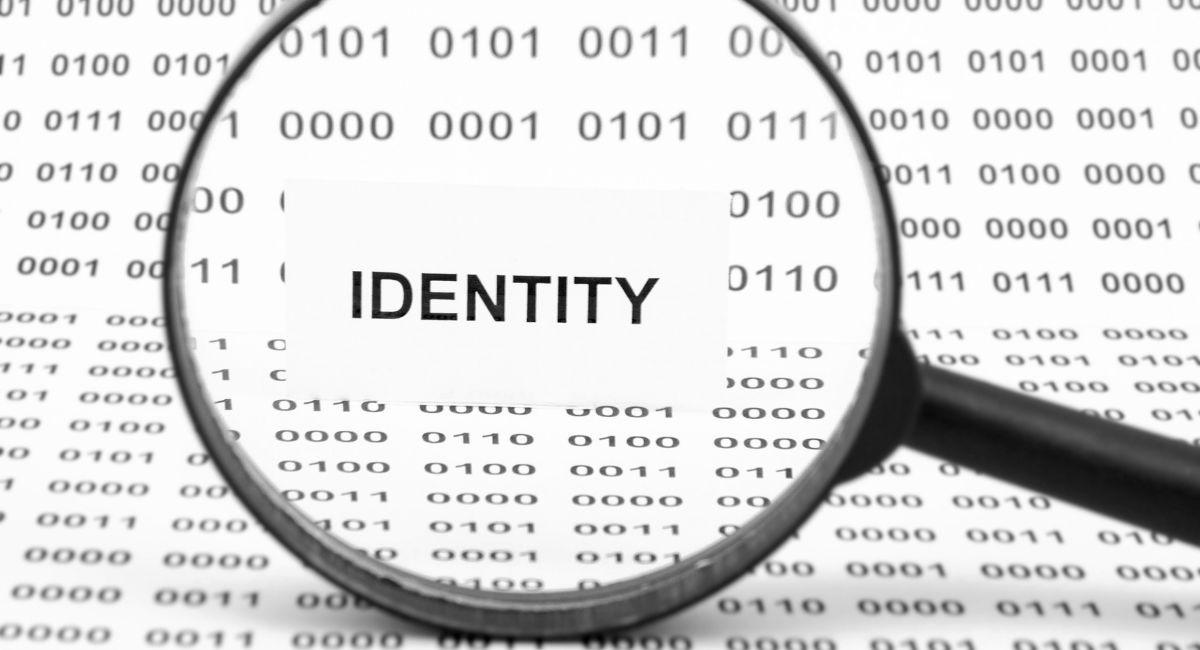How Decentralized Identifiers Are The Future Of Digital Identity And DIDs Top 10 Important Functions
DIDs, or Decentralized Identifiers, are a standard that was made by the W3C, which is mostly in charge of setting rules for the whole web. This has become a possible way to manage digital identities around the world and across different technologies, but it has a long way to go before it is widely used. Also, the technical information about DIDs is more confusing than it needs to be. Who sets up a DID, how do you get one, how many can you have, and who decides which ones are real and which ones aren’t?
You have an online name. From cookies to session storage to credit cards stored in the browser to the contents of your crypto wallet and the information about you stored in hundreds of databases across the web, your digital identity is scattered and digital. We take our digital identities with us everywhere, not just online. Now, you can pay at the register with the phone that’s always in your pocket, and all of my membership cards are virtual, too. This means that not only does the store where I have a membership know about me, but so does the app I used to store my cards.
This makes a complicated structure of puzzle pieces that make up our digital selves. What’s more, our online identities and digital selves are now a big part of who we are, not something extra. If someone steals your social media account or pretends to be you online, it can hurt you in a lot of different ways. It can cause people to lose their jobs, have health problems, and, most often, have mental health problems.
Our current systems for managing this important part of our lives have gotten us to where we are today as a digitally native society, but they are far from perfect. Getting someone else’s password is easy; even two-factor authentication can be faked in many ways. So, how do we move on?
What do DIDs mean?
When we talk about DIDs, we mean a certain way that digital identifiers are used. Think of this as a standard way to show who or what someone or something is when they log in.
🆔 Decentralized Identity (DID) is a user-centric identity system created, owned, and controlled by individuals themselves. Each user has a unique Decentralized Identifier (DID) associated with cryptographic content to authenticate users and verify their credentials.
— Rebus 🔗 (@RebusChain) March 16, 2023
But the first “D,” which stands for “decentralised,” is a very important part of DIDs.
In most login systems, a single authority controls and checks your identity. Log in with Google or Facebook is a great example of this. Both of these services let you sign in to and use a lot more websites than just the ones made by the companies that offer those services. But those services are still in charge of making sure you are who you say you are, and the process of verifying or authenticating a third-party service depends on them.
When an identity is decentralised, no one group or authority has full control over it. Your public address on a crypto wallet like Metamask is a great example of this. Metamask is an app that makes it easy to use the blockchain. It also works as a cryptographic key to prove that you really own a certain public identity.
On the ethereum blockchain, anyone can make a wallet, and if you have a wallet, you can verify yourself as the owner without using a third party or showing someone else that you own that wallet. This is what it means to have no one person in charge.
Also, read – Top 5 Effects Blockchain Has On Digital Identity
How a DID Works
You can think of how a DID looks like how we type website addresses into our browsers. When you go to a website, you have the protocol (https://), the website (example.com), and maybe a path or page identifier (/about.html).
If this doesn’t make much sense to you, you’re not the only one. Even if you know what each part of a DID does, you only really need to worry about this structure if you are making a new DID Method or if you want to check someone’s decentralised identity.
The parts of DID are the following:
- Scheme: This will ALWAYS just be DID for a DID. The first part of this means nothing more than that we’re working with a decentralised identifier.
- DID Method: The real meat of a DID is the DID Method. This is the name of the group the identifier is a part of. The DID Method would be like example.com if a did were a website. It tells the reader where they are and what they are talking about.
- The third part of the DID Method Specific String is also important. This string, which is just a group of letters and numbers next to each other in computer language, is the public identifier for whoever or whatever needs to be found inside the DID Method.
Who Can Have A DID?
A DID can be used by anyone or anything. A DID doesn’t have to be a person. It could be a specific account, a pet, an item in an inventory, a governing body, a specific bacterium, or anything else. What’s important is that DIDs are verified in a way that isn’t controlled by a single place and is linked to only one person. You may already have DIDs that you aren’t even aware of.
Top 10 Important Functions of DIDs on the Blockchain

Decentralized Identifiers (DIDs) are emerging as a revolutionary technology within the blockchain ecosystem, offering a new paradigm for managing digital identities. Unlike traditional, centralized identity systems, DIDs empower individuals with greater control and ownership over their identity data. Here are the top 10 important functions of DIDs on the blockchain:
1. Self-Sovereign Identity: DIDs enable individuals to create and manage their self-sovereign identities (SSIs). This means individuals control their data, decide what information to share, and grant access to specific entities with granular control. This empowers users and reduces reliance on centralized authorities.
2. Decentralized Verification: DIDs leverage digital signatures and verifiable credentials to enable decentralized verification of identity claims. Instead of relying on traditional third-party verification services, individuals can issue and share verifiable credentials directly, reducing the risk of data breaches and manipulation.
3. Improved Privacy: DIDs promote enhanced privacy by allowing users to share only specific attributes of their identity based on the context. This minimizes the amount of personal information exposed, reducing the risk of data misuse and targeted attacks.
4. Increased Security: DIDs leverage the inherent security features of blockchain technology, including cryptography and immutability. This creates a secure and tamper-proof environment for storing and managing identity data, minimizing the risk of unauthorized access and modification.
5. Interoperability and Portability: DIDs are designed to be interoperable across different blockchain platforms and applications. This allows users to carry their verified credentials seamlessly across various use cases, promoting data portability and flexibility.
6. Reduced Friction in Online Interactions: DIDs can streamline online interactions by facilitating secure and efficient identity verification processes. This can benefit various sectors, including e-commerce, healthcare, and financial services, by reducing administrative burdens and improving user experience.
7. Empowering Individuals in the Digital Economy: DIDs empower individuals to participate more actively in the digital economy. They can control access to their data and use it to access services and opportunities previously inaccessible due to centralized identity systems.
8. Enabling New Business Models: DIDs open doors to innovative business models built on trust and transparency. Businesses can leverage DIDs to offer new services, improve customer experience, and build stronger relationships with their users.
9. Fostering a More Democratic and Inclusive Society: DIDs have the potential to contribute to a more democratic and inclusive society by providing individuals with greater control over their identities and facilitating secure interactions without relying on centralized authorities.
10. Laying the foundation for the metaverse: DIDs are considered a crucial building block for the metaverse, as they can enable secure and verifiable interactions within these immersive virtual worlds.
It’s important to note that DIDs are still under development, and the technology is constantly evolving. While they hold immense potential for revolutionizing the way we manage identities in the digital world, addressing challenges like scalability, interoperability standards, and user adoption remains crucial for widespread adoption.
Decentralized Identifiers: Shaping the Future of Digital Identity
In the ever-evolving digital landscape, the way we manage our identities online is undergoing a significant transformation. Decentralized identifiers (DIDs) are emerging as a powerful force driving this change, offering a new paradigm for digital identity management that prioritizes user control, security, and privacy.
The current landscape of digital identity is dominated by centralized systems. These systems, while convenient, often come with inherent drawbacks. They place control over user data in the hands of third-party entities, raising concerns about privacy breaches, data manipulation, and limited user agency. DIDs offer a compelling alternative by empowering individuals with self-sovereign identity (SSI). With DIDs, users become the custodians of their own data, deciding what information to share, with whom, and for what purpose. This shift in control empowers individuals and fosters a more balanced ecosystem where privacy and transparency are paramount.
Beyond user empowerment, DIDs unlock a multitude of benefits. They leverage the power of blockchain technology to ensure the security and immutability of identity data, minimizing the risk of unauthorized access and tampering. Verifiable credentials issued on DIDs facilitate secure and decentralized verification, eliminating the need for reliance on centralized authorities and reducing the potential for fraud. Additionally, DIDs promote interoperability across different platforms and applications, allowing users to carry their verified credentials seamlessly, fostering data portability and flexibility.
The potential applications of DIDs are vast and extend far beyond traditional online interactions. They have the potential to revolutionize various sectors, including:
- E-commerce: Secure and streamlined identity verification can enhance online shopping experiences, reducing fraud and improving customer trust.
- Healthcare: DIDs can empower individuals to manage their medical records securely and share them selectively with healthcare providers, fostering better data privacy and control.
- Financial Services: Decentralized identity verification can streamline access to financial services, particularly for the underbanked population, and enable secure and transparent financial transactions.
- The Metaverse: DIDs are considered a crucial building block for the metaverse, enabling secure and verifiable interactions within these virtual worlds.
The transition to a DID-based future for digital identity requires addressing several challenges. Scalability, interoperability standards, and user adoption remain key hurdles. However, the potential benefits of DIDs are undeniable. As the technology matures and these challenges are addressed, DIDs have the potential to reshape the digital landscape by empowering individuals, fostering trust, and creating a more secure, private, and inclusive online identity ecosystem.
Stay informed with daily updates from Blockchain Magazine on Google News. Click here to follow us and mark as favorite: [Blockchain Magazine on Google News].
Get Blockchain Insights In Inbox
Stay ahead of the curve with expert analysis and market updates.
latest from tech
Disclaimer: Any post shared by a third-party agency are sponsored and Blockchain Magazine has no views on any such posts. The views and opinions expressed in this post are those of the clients and do not necessarily reflect the official policy or position of Blockchain Magazine. The information provided in this post is for informational purposes only and should not be considered as financial, investment, or professional advice. Blockchain Magazine does not endorse or promote any specific products, services, or companies mentioned in this posts. Readers are encouraged to conduct their own research and consult with a qualified professional before making any financial decisions.

 Bitcoin
Bitcoin  Ethereum
Ethereum  XRP
XRP  Tether
Tether  Solana
Solana  Dogecoin
Dogecoin  USDC
USDC  Cardano
Cardano  Lido Staked Ether
Lido Staked Ether  TRON
TRON  Avalanche
Avalanche  Sui
Sui  Toncoin
Toncoin  Stellar
Stellar  Wrapped stETH
Wrapped stETH  Wrapped Bitcoin
Wrapped Bitcoin  Shiba Inu
Shiba Inu  Chainlink
Chainlink  Hedera
Hedera  WETH
WETH  Polkadot
Polkadot  LEO Token
LEO Token  Bitcoin Cash
Bitcoin Cash  Uniswap
Uniswap  Litecoin
Litecoin  Pepe
Pepe  Hyperliquid
Hyperliquid  USDS
USDS  Wrapped eETH
Wrapped eETH  Ethena USDe
Ethena USDe  NEAR Protocol
NEAR Protocol  Aptos
Aptos  Internet Computer
Internet Computer  Aave
Aave  Monero
Monero  MANTRA
MANTRA  POL (ex-MATIC)
POL (ex-MATIC)  Mantle
Mantle  Ethereum Classic
Ethereum Classic  Cronos
Cronos  Dai
Dai  Render
Render  Bittensor
Bittensor  Artificial Superintelligence Alliance
Artificial Superintelligence Alliance  Filecoin
Filecoin  Arbitrum
Arbitrum 





